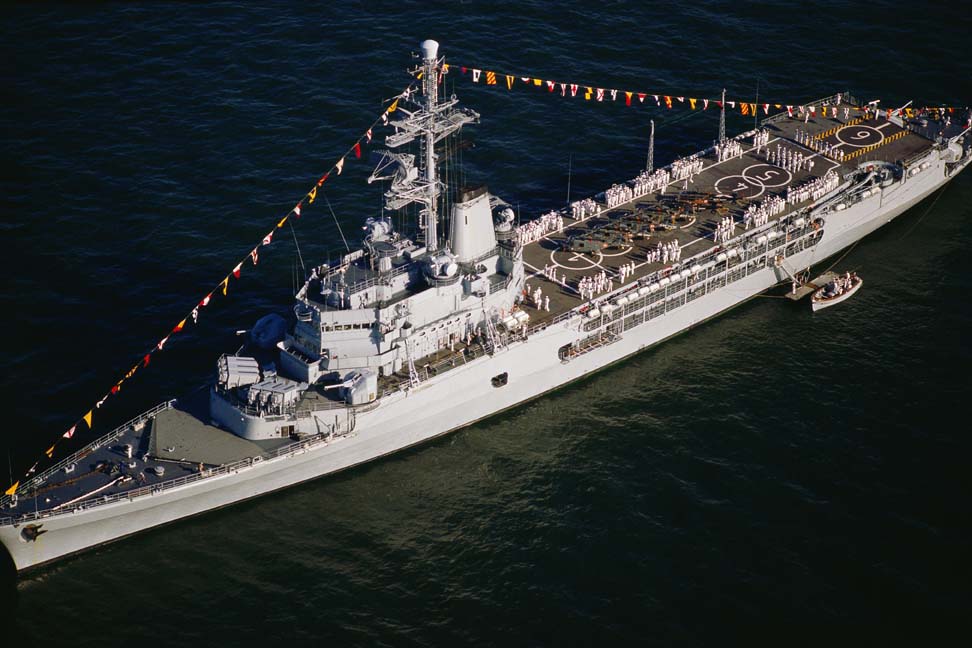Military operations have no room for error. United States Military forces rely on efficiency, order and precision. In order for operations to run smoothly it’s important to reduce waste. This makes military ops a prime candidate for lean and Six Sigma applications.
Applying lean and Six Sigma methodologies allows military process experts to improve the quality of our national defense through tangible, cost effective methods.
The U.S. military has been integrating Six Sigma into military strategies for several years. For example, NOVACES.com states, “the U.S. Department of Defense has dictated the implementation of Lean Six Sigma to achieve the highest level of cost-wise readiness.”
Military successes with Six Sigma use include:
- Improved fuel efficiency and reduced repair cycle time for military aircraft by 90%; annual savings of $117,200.
- Reduced wait time for processing new security clearances and upgrades by 70%
- Saved $11 million by increasing the accuracy of the reconciliation process between aviation fuel cost and actual flying hours.
- Minimized overtime and unplanned labor requirements in the engineering process by 60%; $400,000 in annual savings.
- Decreased the wait time for processing new contractors and civilian employees leading to increased productivity of nearly 7,680 man hours.
The military’s use of Six Sigma has proven to be very effective in solving long-standing, complicated issues. Waste has been reduced, process times have been shortened, errors have reached a low probability rate, and military personnel are being better equipped. The application of Six Sigma has enabled servicemembers to better protect themselves and to help ensure U.S. safety.
As expected, integrating Six Sigma into the military was a challenge. Originally Six Sigma was developed as a manufacturing quality assurance program. As such, its methods can be difficult to implement in other areas.
Several adaptations were made to tailor the processes; however, once the manufacturing language had been translated for military use, training and implementation were able to progress.
A variety of factors had to be considered including the allocation of military funds and resources. Due to differences between the military and civilian business, the fixed business model did not transfer well. However, military strategies did offer the flexibility needed to adjust Six Sigma to meet the unique requirements of the U.S. Department of Defense.
The integration of Six Sigma into the military demonstrates that Six Sigma, and its various benefits, are not limited to manufacturing. Once Six Sigma became the practice the military was able to scale it across other areas with impressive results.
While it’s difficult coordinating processes which satisfy the requirements of multiple units the task proved to be worthwhile, saving hundreds of thousands of dollars and man hours.

